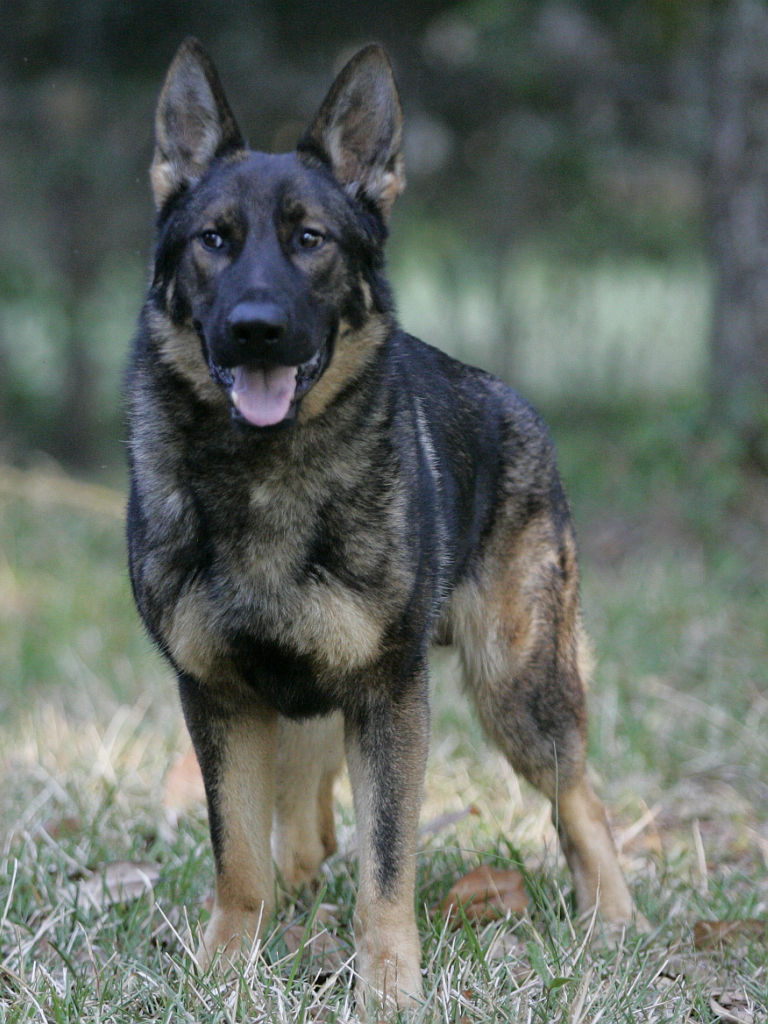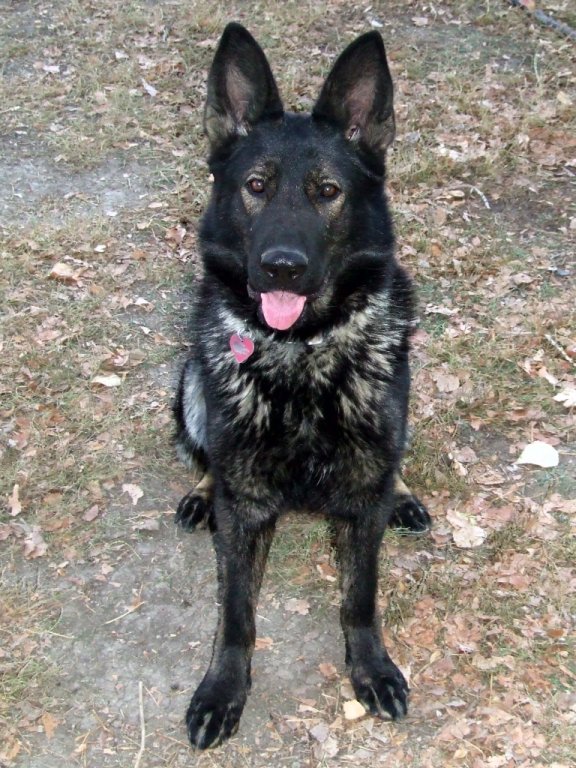
This is a placeholder text
Group text
by duke1965 on 12 May 2010 - 16:05
3 sable pups , 2 black , all sable pups have the ears standing , the black not
not that it is really bothering me , but never saw this before , anyone else did
sables

blacks

by duke1965 on 12 May 2010 - 16:05
here are links
http://pic20.picturetrail.com:80/VOL163/6021752/12757335/387055400.jpg
http://pic20.picturetrail.com:80/VOL163/6021752/12757335/387055497.jpg
by noddi on 12 May 2010 - 16:05
by darylehret on 12 May 2010 - 17:05
It could be (I don't know) that the trait for ears is closely located on the chromosome near to the agouti locus for color pattern. When genes reassort themselves, it's done in sectioned lengths (groups of genes) that tend break in same-marked points on the chromosome, that are then inherited from one parent or other, rather than every single locus independantly.
Here's your pups...


These two pups below that I produced are the same age, but neither's ears are up yet. What I noticed at the time, was their ear types were different. The black's hung more to the side, and the sable's were more foreward. The mother was a daughter of Nuky (a west/czech mix) and she had very expressive control of her ears, a trait I saw less pronounced in the czech lines in general. I believe the black pup inherited her ear type. The sable pup's ears developed more like Faro's, a czech/slovak dog, and more similar to his sable coloring than the gray-sable of his mother's. So, ears and coat color might* be 'genetically linked'.

by darylehret on 12 May 2010 - 17:05


The mother's ears were very broad, and her coat very soft.

by duke1965 on 12 May 2010 - 19:05
these pups are
http://www.pedigreedatabase.com/gsd/para.utkoma?fadir=515337&modir=608705
by darylehret on 13 May 2010 - 00:05
by duke1965 on 13 May 2010 - 04:05
What I'm infering is, that the sable pups might develop the sable father's ear type, while the blacks develop an ear type more similar to their black mother's.
I also think this is what happend here
I know of other offspring of the male , but never had pups with this female with another male before
Contact information Disclaimer Privacy Statement Copyright Information Terms of Service Cookie policy ↑ Back to top




